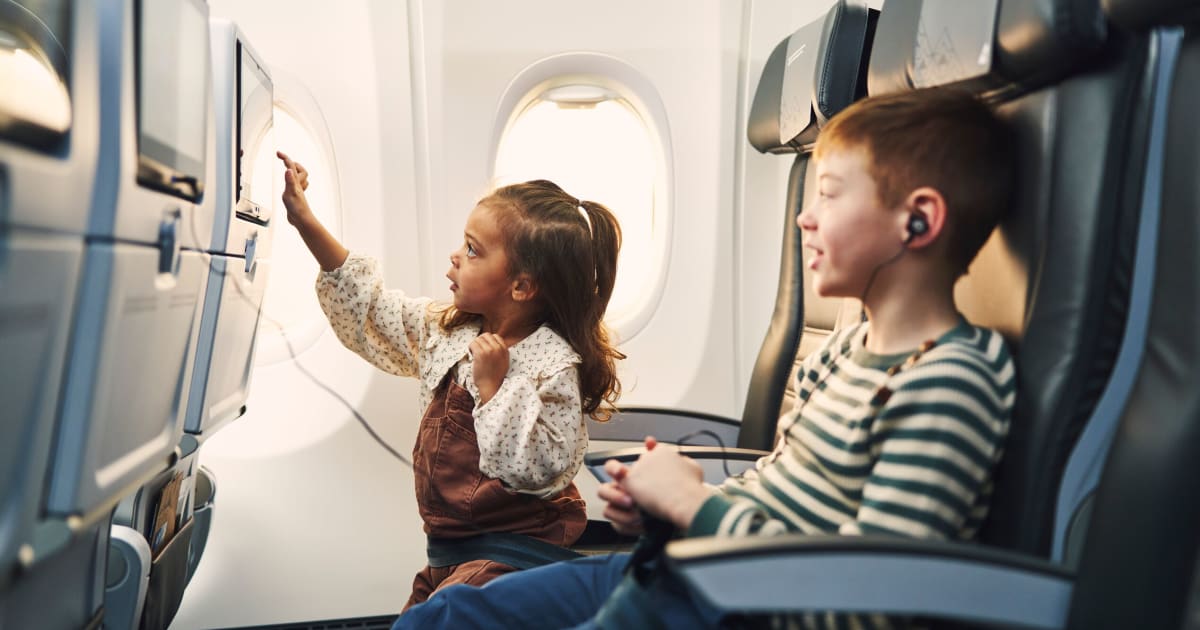Access selected deals available with budget and full-service airlines
Lock any airfare that sounds great. You don’t lose anything if you cancel it
Call us anytime for any assistance. We do not go into hibernation
Your personal and financial information stays secure with us
Icelandair, the flag carrier of Iceland, is headquartered in Hafnarfjörður and operates its main hub at Keflavík International Airport (KEF), with a domestic base at Reykjavík Airport (RKV). Founded in 1937 as Flugfélag Akureyrar, it adopted the Icelandair brand in the 1950s and is now part of Icelandair Group, a publicly traded company on Nasdaq Iceland. The airline serves 53 destinations across Europe, North America, and Greenland, carrying approximately 4.5 million passengers annually. A member of the International Air Transport Association (IATA) since 1950, Icelandair holds IATA Operational Safety Audit (IOSA) certification and is known for its unique stopover program, allowing transatlantic passengers to visit Iceland for up to seven nights at no additional airfare cost. With a Skytrax Three-Star rating, Icelandair emphasizes Icelandic hospitality, sustainability, and its strategic hub-and-spoke model leveraging Iceland’s midway position between North America and Europe.

Icelandair traces its origins to Flugfélag Akureyrar, established in 1937 in Akureyri, operating a Waco YKS-7 floatplane. In 1940, it relocated to Reykjavík, and during World War II, the British invasion led to the construction of Reykjavík Airport, which Icelandair later used as a domestic terminal. By 1944, the airline, renamed Flugfélag Íslands, acquired a Consolidated PBY Catalina, the first Icelandic-registered aircraft flown to Iceland by an Icelandic crew. The 1945 merger with Loftleiðir, another Icelandic carrier, was reversed in 1948, but both operated under the Icelandair brand internationally. The 1950s saw Douglas DC-4s and Vickers Viscounts introduced, with the airline joining IATA in 1950.
In 1967, Icelandair entered the jet age with a Boeing 727-100, operating from Keflavík due to Reykjavík’s runway limitations. Loftleiðir’s 1964 move to Keflavík with Canadair CL-44s and its 1969 acquisition of International Air Bahama expanded transatlantic routes. The 1979 merger of Flugfélag Íslands and Loftleiðir formed the modern Icelandair, consolidating operations at Keflavík. The 1980s brought Boeing 737s, and by 2011, Icelandair launched flights to Washington, D.C., followed by Denver (2012) and Anchorage (2013). In 2015, Birmingham, Portland, and Chicago joined its network, and in 2024, Icelandair moved its headquarters from Reykjavík Airport to Hafnarfjörður. Recent expansions include seasonal flights to Nuuk, Greenland, and Raleigh-Durham, North Carolina, in 2024.
Icelandair operates a fleet of 36 aircraft: 27 Boeing 757-200s (184 seats), 2 Boeing 757-300s (225 seats), 2 Boeing 767-300ERs (262 seats), and 5 Boeing 737 MAX 8s/9s (160–178 seats). The average fleet age is 18 years, with plans to phase in more 737 MAX aircraft by 2027. Subsidiary Air Iceland Connect uses De Havilland Canada DHC-8-200s/400s (37–76 seats) for domestic and Greenland routes. The 757s and 767s serve transatlantic flights to Boston, New York, and London, while 737 MAXs operate shorter European routes like Copenhagen and Amsterdam. Aircraft feature Icelandic names, such as Vatnajökull, honoring natural landmarks.
Icelandair operates 300 weekly flights, with Keflavík (KEF) handling 7 million passengers annually as a key transatlantic hub. Reykjavík (RKV) supports domestic routes to Akureyri and Egilsstaðir. The stopover program, allowing 1–7 night stays in Iceland (up to 21 with Flex fares), drives tourism, with 30% of passengers opting in. Codeshares with Alaska Airlines, JetBlue, and Scandinavian Airlines (SAS) expand connectivity to 100+ destinations. Cargo services, focusing on fresh seafood, transport 20,000 tons annually, leveraging Iceland’s fishing industry.